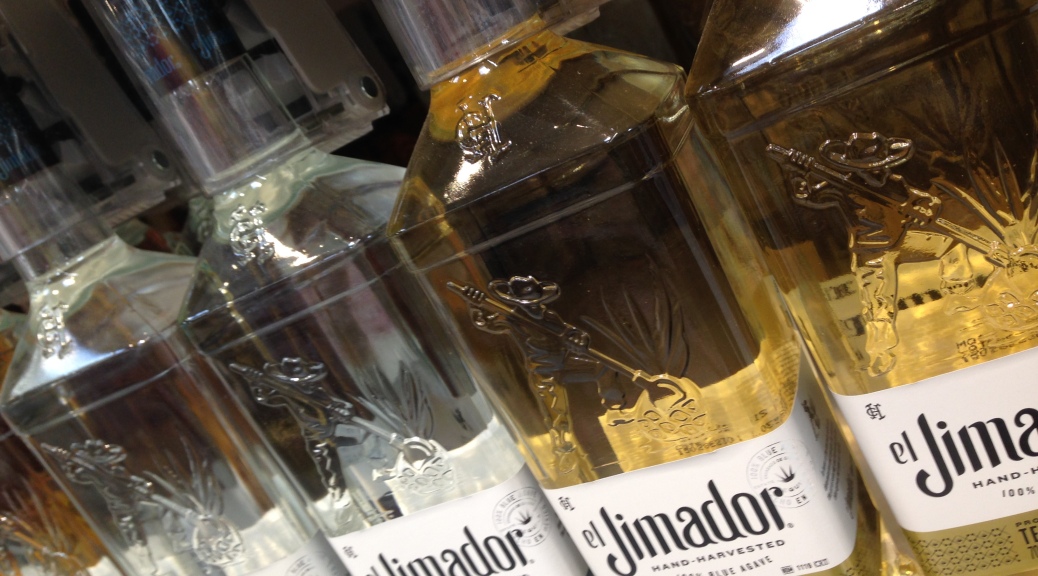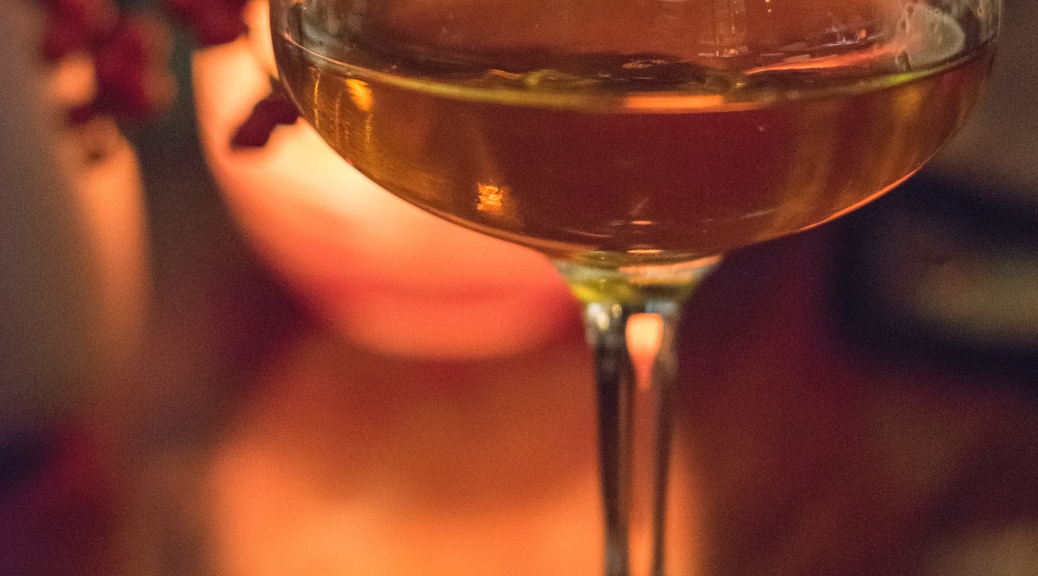Tequila comes in two main types: Mixto (blended) and 100% agave. The former is the type you’re likely to find at a college party. It’s cheaper than 100% agave and can leave you with a nasty pile of regret in the morning. The latter, on the other hand, is as pure as tequila gets…
That said, here are three reasons you should always reach for 100% agave tequila…
#1: No hidden surprises:
100% agave tequila is pure agave and nothing else. Mixto, on the other hand, contains up to 49% non-agave ingredients. These usually consist of sugar cane, or other distillable products, but can include additives such as flavourings and colourings.
What makes things worse is that producers are not required to tell you what they use! So you’re never going to know, completely, what is in your bottle. If you’re the sort of person who likes to know what they’re drinking, always choose 100% agave!
#2: No hangovers:
When you drink a mixto tequila you’re literally mixing your drinks from the very first sip. With only 51% agave, mixto tequilas have a range of other ingredients, including various distillates. That means you’re consuming more than one type of alcohol at the same time, which is why mixto tequila has earned such a bad reputation.
However, if you choose 100% agave tequila, your hangovers will be a thing of the past. This is because they are made using only the Blue Weber Agave and nothing else!
Responsible drinking clearly speaks for itself; but if you were to swap your mixto tequila for 100% agave tequila, you’d notice the different immediately – especially when you have work in the morning!
#3: Better taste:
There are more premium tequilas than ever before and for good reason: It simply tastes better than its mixto counterpart.
Each brand has their unique flavour profile, which creates a vast array of great tasting tequila. Whilst the species of agave used in tequila has to be the Blue Weber by law; the location of the distillery in which it is made will drastically affect its flavour.
Whether you prefer yours fruity, spicy, or earthy, there’s a 100% agave tequila out there for everyone!
As outlined here, premium tequilas are superior in taste and quality, but that doesn’t mean mixto brands haven’t played an important part in the 100% agave boom coming out of Mexico. This boom has been made possible, in large part, thanks to the path laid down by mixto brands, with the industry rethinking its method and creating some truly stunning premium products.
There are strict regulations in relation to both Mixto and 100% agave tequilas. If you’d like to know more about these, information can be found here.
Now you know which tequila to choose, why not check out these 100% Tequila Paloma cocktail recipes I made?


